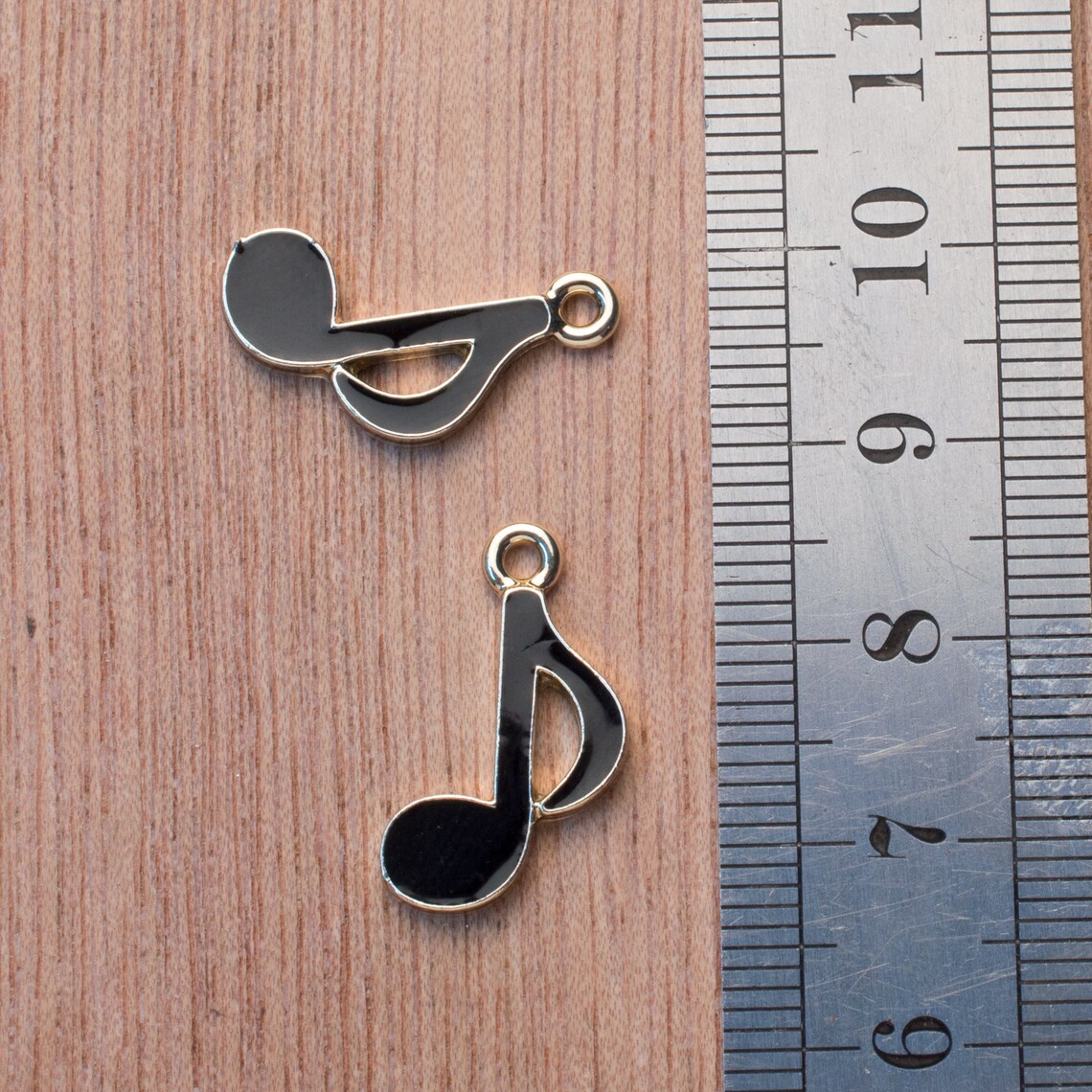
Most of the time it’s substantially quicker to use the grid, though, and preferably to work with a keyboard rather than a mouse. If you really want to, you can insert rests manually, using the mouse, but you have to do it using Force Duration, which is the tool that tells Dorico “No, I really know what I want and I don’t think it’s going to be what you do automatically”: If I set the grid to semiquavers, you can hopefully see that Dorico will let me place any note value on any semiquaver anywhere in a bar. It is where the note head is positioned on the stave that. A Semi Quaver written as a cymbal has an x instead of the blob.

Semi Quavers are a solid circular note head with a vertical Stem that has two tails coming out of the top. If I set the grid to semibreves, you can hopefully see (from the shadow notes on the stave, and from the orange grid lines that appear above the stave) that the only places that Dorico will let me click notes are on the existing rests in bar 1 and the starts of the following bars (I’m in 4/4, after all). A Semi Quaver (16th Note), pictured above, is a note that lasts for 1/4 of a beat. The one thing you can’t do with the mouse is bypass the grid, unless there happen to be smaller rests already on screen. It’s not until I actually input some notes that Dorico will automatically figure out where to put rests. By hitting Space I’m not even creating a semiquaver rest, I’m just advancing the caret. When I type a note value and then hit Space, I’m bypassing the rhythmic grid (that mducharme mentioned earlier). However, regarding the feasibility of Keyboard input, I still have to accompany it with the mouse isnt it? cuz I have to select the pitch after all. Hey thank you so much! Though I still feel that adding a semi-quaver rest should not be as unintuitive as this(the space is where the music lies, if you get it), so pauses or breaks are intentional, not some void spaces that are automatically filled up. You might also consider using the computer keyboard (and possibly also MIDI keyboard) for entry in Dorico, as it is much more efficient than using the mouse. If you change that to a semi-quaver, then the grid lines will appear every semi-quaver instead and adding a note on the second semi-quaver subdivision will result in the opening semi-quaver rest that you want. In the bottom left corner of the screen, you will see the “Rhythmic Grid” value selection which lets you choose how often the lines appear in the grid - as I stated, the default is a quaver. The grid that you see is quavers by default, so you can only add new notes at quaver intervals. Do not think of “adding a rest”, instead think of “adding a note that starts on the second sixteenth subdivision” and the rest will appear automatically before it. Rests are instead auto-generated in whatever space is not taken up by notes.


#Semi quaver software#
In Dorico, you don’t generally insert rests like in most notation software programs. Someone please help me fix this! Go to the YouTube link to see what I mean. When I place a semi-quaver rest and then follow it by a semi-quaver note, the rest I have intended to put down always turn into a quaver rest.


 0 kommentar(er)
0 kommentar(er)
